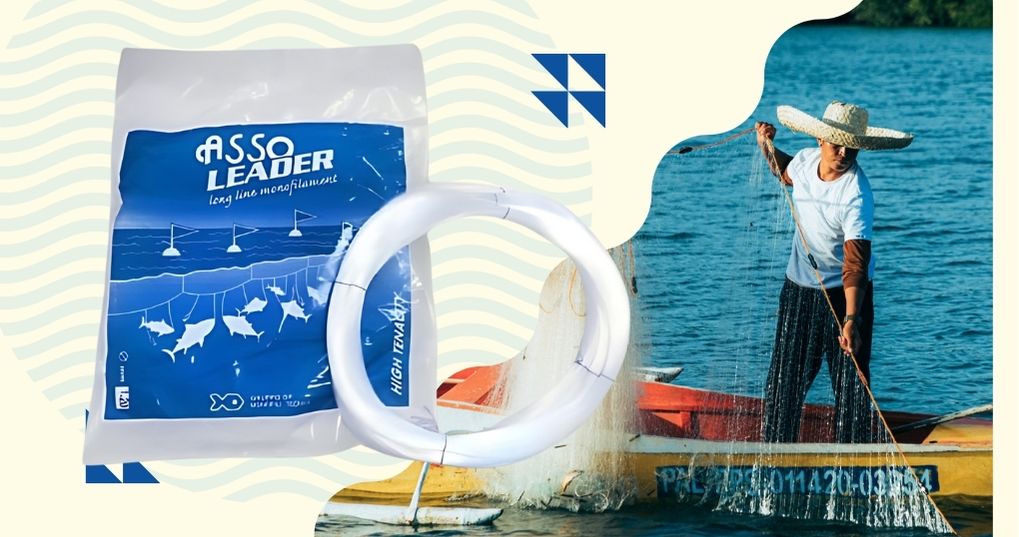
Blue marlin fishing: an exciting challenge
November 20, 2024A lucustri cold
Text and photographs by Marco Altamura
December is finally here, and finally on the 20th in the waters subject to the Italo-Swiss Convention, the ban on fishing for the wonderful lake trout ends!
On my beloved Lake Maggiore, there are always a good number of fishermen who fish for the prized salmonid by boat and trout boat, but searching for Lacustre by spinning from the shore is quite another matter and presupposes a considerable amount of experience and knowledge of the spots; I can certainly consider myself a forerunner of this very special type of spinning as I started catching Lacustrians back in the early 1970s, when I was taken for a fool or, at most, a masochist!

Well, lake trout are not that uncommon, and more importantly, they can also be successfully caught by dry-foot spinning.
Contrary to what one might think, by putting in place a targeted technique and with the right equipment, the chances of wading the silvery salmonid are quite comforting.
I usually approach this research with a 2.40/2.70 mt length gear with a marked "fast" action and a power range between gr 20/50 combining a 4000 size reel loaded with an excellent fluorocarbon which is the Asso Fluorocasting 0.25 mm thick.
This wire provides me with excellent smoothness between the loops even in low temperatures, good softness and absolute invisibility in the water guaranteeing me long and accurate casts and fights with size fish safe under any circumstances.
The more water you patrol, the more chances you have of encountering a trout, so since Lacustrians are pelagic fish, it is necessary to "cover" as much water as possible by searching even at some distance from the shore.
Ferreting a good-sized lake trout fifty yards from shore is an experience not easily forgotten!
The two types of artificials that I use are lipless minnows of good weight (gr 22/28) especially handmade and undulating spoons with a slender profile up to gr 25 (Toby, More Silda, Landa). These artificials in fact turn out to be very aerodynamic and allow record-breaking throws.
One atmospheric element in our favor that should be given due consideration along with cloud cover is the wind, which scrambles the water column and re-oxygenates it, making the trout much more active while masking some of the deception.
Unmissable for this research are the two light changes of dawn and dusk when these shady predators go into predatory mode by wandering into creeks and at the mouths of tributary streams.
This is a "disease" from which, once infected, you have no chance to recover!











